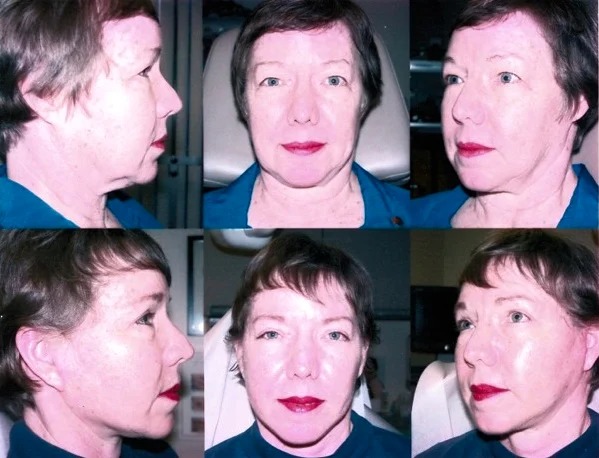For moderate to severe skin laxity of the lower face and neck, sometimes facelift surgery is the best option for many patients. Facelift surgery focuses on the negative effects gravity has on our skin, namely the accumulation of excess skin on our lower face, jawline, jowls and neck.
The skin of our face is a pleasing aesthetic covering, but does not provide structural support. In order to tighten the facial skin, it can not simply be pulled tighter. The natural elastic qualities of the skin renders this approach useless. For a lasting result, most facelifts are performed by tightening and lifting a structure called the SMAS. The SMAS is a strong fibrous layer that overlays the facial muscles and provides an interface to the skin. When the SMAS is lifted in an upward vector against the effects of gravity, the overlying skin is also lifted in a natural-appearing way. This avoids the “pulled look” that resulted from older facelifting techniques. Also, with the SMAS bearing the structural support of the lift, the excess skin can simply be artfully trimmed away without any undue tension on the skin. This results in better healing and very thin scars that are usually not noticeable.

The recovery time varies from patient to patient. Minor swelling, bruising and discomfort should disappear within two weeks. External sutures dissolve themselves within one week. Healing scars can remain pink to red for a few months, but can usually easily be concealed with makeup after one week.
Since our skin is constantly under the effects of gravity, facelifts do not last forever. Facelifts usually provide improvement for a period of 7-10 years. Since no deep structures are “cut” or altered with the SMAS lift technique, this procedure can easily be redone if necessary after this period of time if desired.


